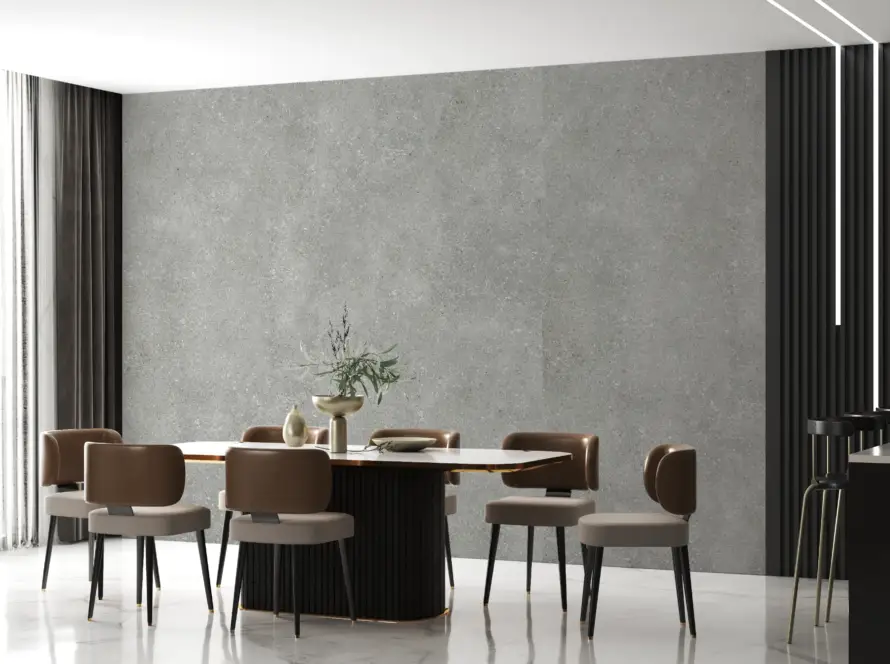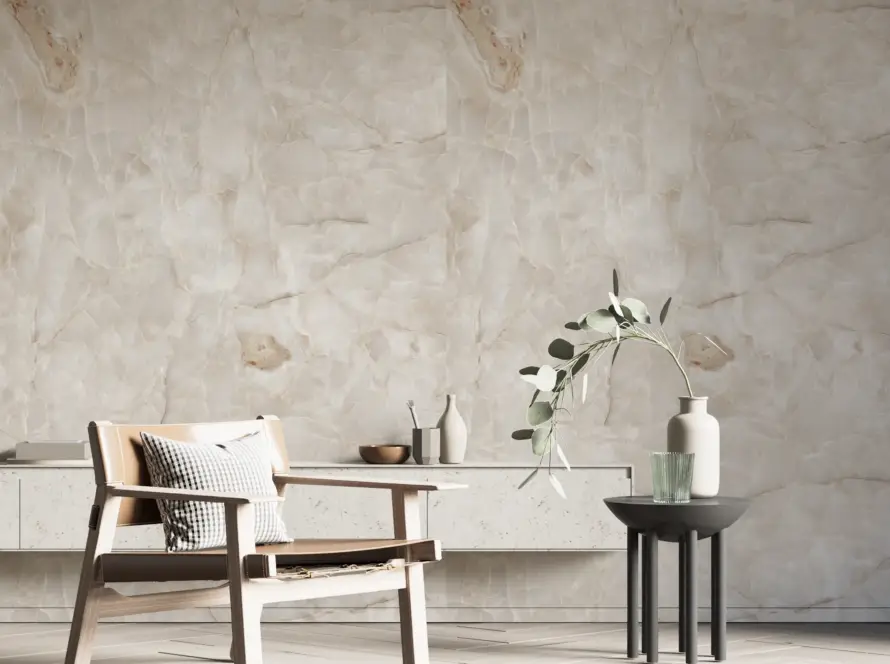Quartz vs Marble: Which One Is Right for You?
In the world of high-end surface materials, two names often dominate the conversation: quartz and marble. Both are luxurious, visually striking, and widely used in residential and commercial interiors across the globe. But when it comes to choosing between the two, the decision can be surprisingly complex. Each material offers unique advantages and aesthetic qualities, and the right choice ultimately depends on your project’s specific needs, maintenance expectations, and design vision.
At Corvella, we specialize in both quartz and marble solutions—providing our clients with premium-quality surfaces that are as beautiful as they are functional. In this guide, we’ll break down the key differences between these two materials so that you can make an informed, confident choice.
1. Composition and Origin: Nature vs Engineering
Marble is a natural stone that forms over thousands of years through the metamorphosis of limestone. Each slab is unique, with veining and patterns created by minerals that were present during its formation. The result is a material that feels authentic, organic, and full of character.
Quartz, on the other hand, is an engineered stone. It’s composed of approximately 90–95% crushed natural quartz crystals mixed with resins and pigments. This blend allows manufacturers to control the appearance and create highly uniform slabs, available in a wide variety of colors and styles—including patterns that mimic natural marble.
👉 If you value the natural, one-of-a-kind character of stone, marble will appeal to you. If you prefer consistency and modern production control, quartz is your ally.

2. Aesthetics: Classic Elegance vs Contemporary Precision
When it comes to visual impact, both materials shine—but in different ways.
Marble offers timeless elegance. It’s long been associated with luxury architecture, from ancient temples to modern-day palaces. Its soft veining and natural variation make each surface feel artisanal and sophisticated. However, no two slabs are ever the same, which can make matching or continuation across large areas challenging.
Quartz delivers a more controlled and customizable appearance. Want the look of Calacatta marble without the maintenance? There’s a quartz for that. Prefer a bold, black background with gold veining? Quartz delivers. It’s especially popular in minimalist and contemporary interiors for its clean, seamless look.
👉 Choose marble if you’re drawn to heritage, artistry, and organic variation. Opt for quartz if you want sleek, controlled, modern precision.
3. Durability and Maintenance: Living with Your Surface
This is where quartz and marble start to clearly diverge.
Marble is porous and prone to staining, etching, and scratching. Wine, lemon juice, or even cleaning chemicals can permanently alter the surface if not cleaned immediately. It requires regular sealing and a high degree of care, especially in kitchens or bathrooms.
Quartz, being engineered with resins, is non-porous. It resists staining, doesn’t harbor bacteria, and is highly scratch- and chip-resistant. It doesn’t require sealing and can withstand the rigors of daily use with minimal maintenance.
👉 Marble offers romance but demands attention. Quartz offers peace of mind and ease of living.

4. Cost Considerations: Initial Price vs Long-Term Value
Marble tends to be more expensive per square meter, especially high-end types like Calacatta or Statuario. The installation cost may also be higher due to the fragility and weight of the material. And remember: the maintenance over time (cleaning, resealing, repairs) adds to the total investment.
Quartz is generally more affordable and cost-predictable. Since it’s engineered, supply and pricing are more stable, and installation is typically easier. Plus, its lower maintenance requirements make it economically smarter over time for many clients.
👉 If you’re designing a forever home with a flexible budget, marble may be worth the splurge. If you’re building smart and want long-term practicality, quartz is the strategic choice.
5. Application Suitability: Where Each Material Works Best
Kitchens: Quartz wins for practicality. Non-porous, resistant to stains and heat, and low-maintenance. Marble, though stunning, may etch with acidic ingredients and stain easily.
Bathrooms: Both work well, but marble requires more care with cosmetics or cleaners. Quartz is easier to manage and great for vanities and walls.
Feature Walls / Fireplaces: Marble offers unmatched drama and visual richness, but quartz can replicate these aesthetics with greater design control and safety compliance.
Commercial Spaces: Quartz is better suited for hotels, restaurants, and retail spaces due to its resilience and hygiene benefits.
👉 In high-traffic or wet areas, quartz is the practical champion. For low-traffic, decorative spaces, marble delivers artistic excellence.
There’s No Wrong Choice — Only the Right Fit
Choosing between marble and quartz isn’t about which material is better—it’s about which is better for you. Are you designing a functional family kitchen, or a serene spa bathroom? Are you creating an artistic statement or a workhorse surface?
At Corvella, we provide both options—crafted to the highest standards and curated for your lifestyle. Whether you’re captivated by the timeless soul of marble or inspired by the modern strength of quartz, we’ll help you find the perfect surface for your next project.
Let your space tell your story—with confidence, clarity, and class.


